Category: Latter-day Saint Publications
-

Why My Children Will Be Reading Jesus the Christ
It has become popular in some circles to disparage Jesus the Christ by James E. Talmage because it’s too simplistic when it comes to its gospel harmonization approach, and the scholarship is very out of date. These things may be true, but it still holds up in ways that matter. Synthesizing the devotional with…
-
Idiosyncratic ranking of the “Let’s Talk About” series from Deseret Book
This is, I think, the best thing to come out of Deseret Book in a long while. I somewhat wish these books had existed when I was much, much younger, but the expertise (and, frankly, spiritual maturity of many members) likely didn’t really exist in the right forms until recently. What follows is my totally…
-
John Sillito’s B. H. Roberts: A Life in the Public Arena (book review)
In traditional Christianity, there are significant figures known as the Early Church Fathers who are noted as influential Christian theologians and writers who established the intellectual and doctrinal foundations of Christianity as we know it today. While the Church of Jesus Christ of Latter-day Saints is still a form of Christianity and is indebted to…
-
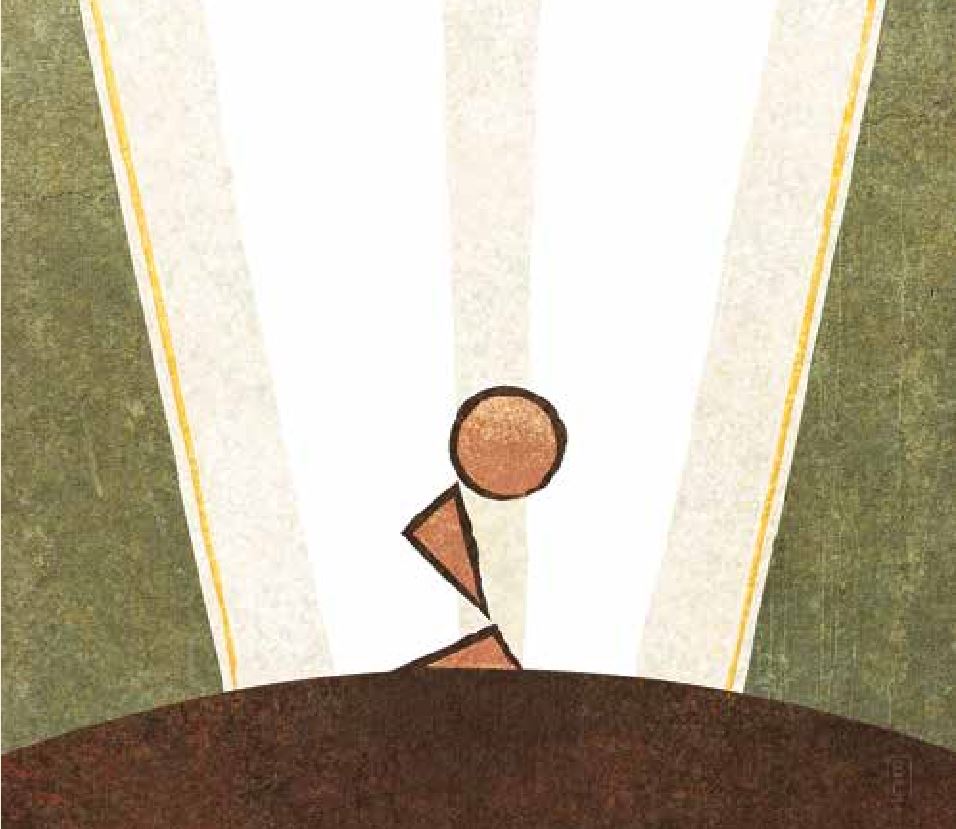
First Vision Special Edition
Before I move on from discussing the First Vision, I wanted to share something that I find exciting. Once in a while in Mormon studies journals, special volumes focus on the First Vision—such as the Spring 1969 issue of BYU Studies and a 1980 volume of the Journal of Mormon History. These volumes, along with a few other essays, books,…
-
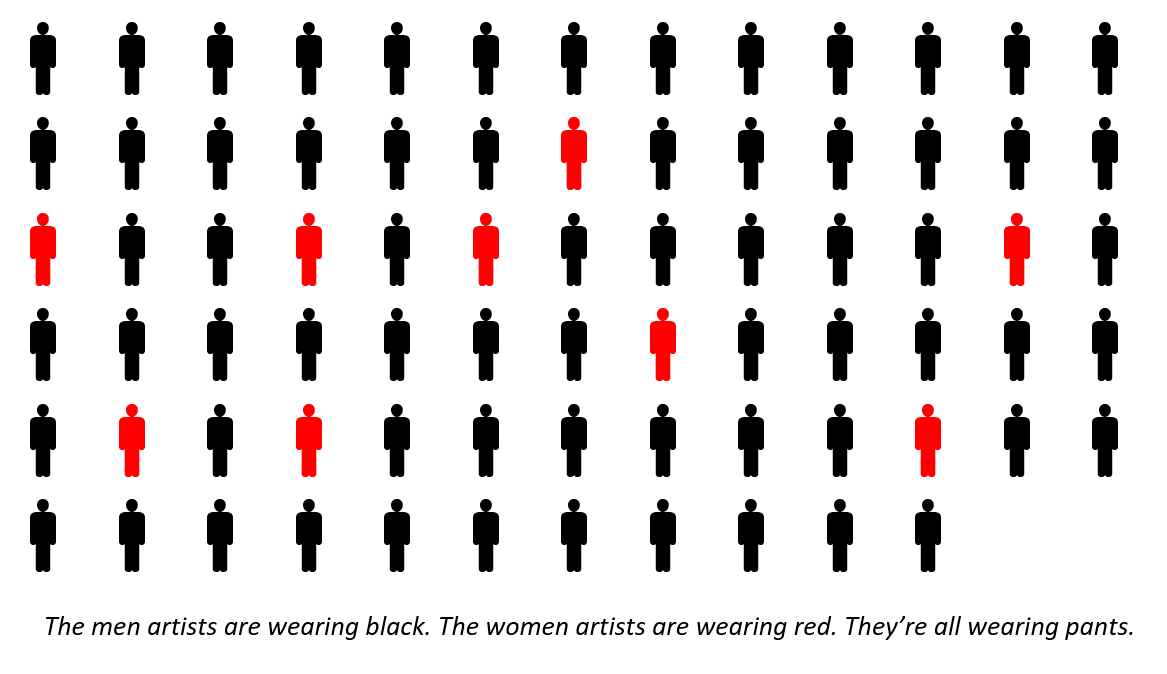
Where are the women artists in the Come, Follow Me manual?
As I started preparing family lessons using the Church of Jesus Christ of Latter-day Saints’s new Come, Follow Me manual, I was struck by the quantity of art. In addition to photos and screenshots from Church-produced videos, the manual includes 78 reproductions of paintings or stained-glass windows. Many lessons – particularly in the first half…
-
Saints, Volume 1: A Review
About a week ago, the first volume of the new official history of the Church was published. I finished reading through it this weekend, and I have to say that it is fantastic. The style of prose reads like a novel (many creative authors were employed as the writers or consultants for the book), but…
-
Changing of the Guard at Dialogue
Dialogue: A Journal of Mormon Thought gets a new editor every five or six years, and that time is now upon us. As a subscriber and supporter, I wanted to get a sense of where the incoming editor, Boyd Jay Petersen, is going to take the journal, so I bought a copy of his Dead…
-
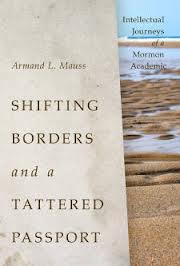
Mauss on Dialogue
I am almost done with the recently published memoir by Armand Mauss, Shifting Borders and a Tattered Passport: Intellectual Journeys of a Mormon Academic (U of U Press, 2012; publisher’s page). Like Leonard Arrington’s earlier memoir, Adventures of a Church Historian, the book is something of a insider’s guided tour of fifty years of Mormon…
-
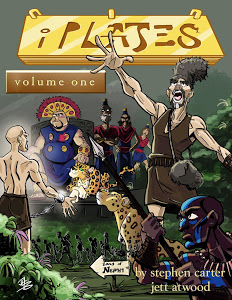
Book of Mormon Comics
I love stories. A narrative strikes me as the most fundamental way of ideas with other people. And by ideas, I mean not only the bare events of the narrative, but also abstract concepts, morals, and emotional truths. It makes sense to me that our basic scriptural texts have strong narratives. The Old Testament is…
-
Books of Interest to the LDS Nerd
A few of these are forthcoming, a few have appeared recently. I am compelled to read them all, as soon as I can get to them. Now Available Charles Harrel,“This Is My Doctrine”: The Development of Mormon Theology (Kofford Books) “In this first-of-its-kind comprehensive treatment of the development of Mormon theology, Charles Harrell traces the…
-
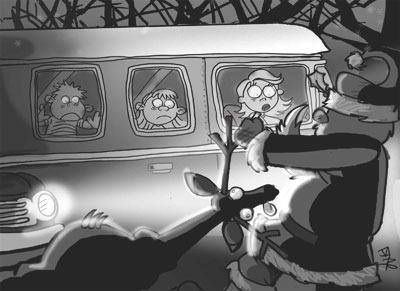
Confessions of a Shopping Mall Santa
Christmas Season, 1989. I was a freshman at the University of Utah, my first year away from home. As a poor student I was looking for extra holiday cash, and the Help Wanted ad for a shopping mall Santa seemed like just the thing. Despite my 18-year-oldness, the manager was desperate to fill the big…
-
The Nasty Side of Christian Ethics
The language of turning the other cheek and Christian ethics in general can really get quite nasty.
-
Liveblogging Symposium – Stay-at-home Moms: On the Record
EDIT: Emily Jensen has a great article on this at Mormon Times, and offers a much better (and more readable) synopsis. See it at http://bit.ly/GOEdq Approximately 30 people in attendance, an engaging and personable panel: Moderator/ CAMILLE AAGARD, former account executive at a public relations agency; cleaned out her desk two days before giving birth…
-
Tired-blogging from Sunstone, Day 3
It’s early, and I’m still recovering from karaoke, but I’m at the Sonia Johnson panel. I’m sad to miss Kristine singing this morning, but this panel has a distinct advantage — I can sit with a laptop and write my talk for next time. I’ll try to type up some notes on this session (and…
-
Live(ish)-blogging Sunstone, Day 2
I missed out on the morning, because I had to finish grading papers. I’m now at D’Arcy’s session on virginity. I’m not true live-blogging it, I’ll post some summary notes as we go along.
-
Liveblogging Sunstone, Day 1
I’m going to be live(ish) blogging Sunstone, at least some. The level of effectiveness will depend on a lot of factors, including access to wireless (which seems to be a little spotty). If you’re here (or just here in spirit), please weigh in in comments with your own thoughts.
-
Your favorite online resources (or, crowdsourcing my Sunstone talk)
Apparently, I’m speaking on a Sunstone panel about online resources for LDS teaching. (I’m not quite sure how this happened, but it’s probably Kristine’s fault.) The panel is populated with familiar faces from the blogs, and the abstract is this:
-
Rainy Day Panels # 12 & 35
Oh, they’ll stone you when you speak about the blogs They’ll stone you over feminists and God They’ll stone you when you say “September Seven” Or if you talk about Mother in Heaven But, I would not feel so all alone Everybody must Sun Stone. Which panels are you looking forward to at Sunstone next…
-
Misguided faith?
There was a lot that I liked about this month’s Ensign; but one of the short articles bothered me. It was the tithing article where the writer, a single mother of six, compared utility and mortgage bills to tithing, and then stated that: I would rather lose the water source to my house than lose the…

